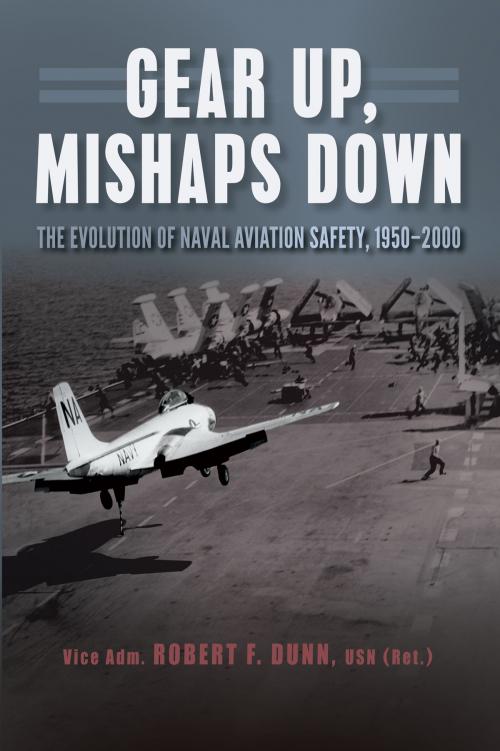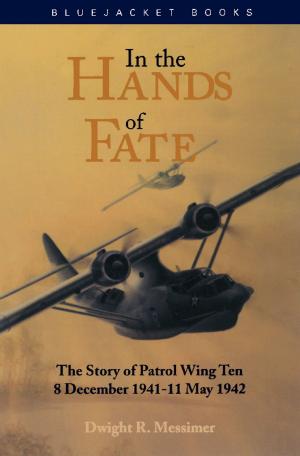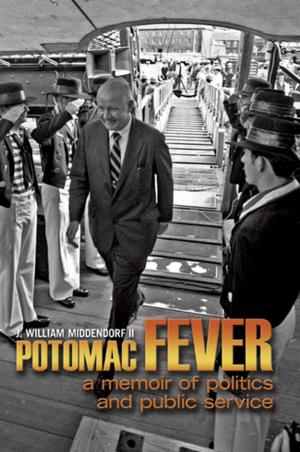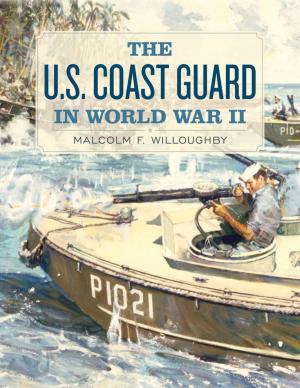Gear Up, Mishaps down
The Evolution of Naval Aviation Safety, 1950-2000
Nonfiction, History, Military, Aviation| Author: | Robert Dunn | ISBN: | 9781682470220 |
| Publisher: | Naval Institute Press | Publication: | February 20, 2017 |
| Imprint: | Naval Institute Press | Language: | English |
| Author: | Robert Dunn |
| ISBN: | 9781682470220 |
| Publisher: | Naval Institute Press |
| Publication: | February 20, 2017 |
| Imprint: | Naval Institute Press |
| Language: | English |
Less than five years after Naval Aviation had been in the forefront of the forces that defeated Imperial Japan, it found itself in serious trouble. The force had been slashed in people and numbers and growing national sentiment supported by no less than the Chairman of the Joint Chiefs argued that the new Air Force could do anything Naval Aviation might be required to do. Not helping matters was that the Naval Aviation accident rate was soaring. The very survival of Naval Aviation was at stake. One of the first steps to re-order priorities and save Naval Aviation was to solve the problem of increasing numbers of accidents.
Over the next fifty years that problem was indeed solved to the extent that today, despite hot wars, cold wars, contingencies and peacetime operations in support of friends and allies the Navy/Marine accident rate is at least as good as that of the Air Force and approached that of commercial aviation. This book tells the story of how that was done.
Despite the advent of new and more complicated aircraft including jets, the increasing demands of night and all-weather flying, an unsettled world and continual high operational tempo Naval Aviation is second to no other flying organization in readiness to answer the Nation’s call, safely.
The keys to how this was achieved lies with dedicated and professional leadership, a focus on lessons learned from mishaps and near-mishaps, a willingness to learn and adopt new leadership, training, management, maintenance and supply styles and procedures. All this and more is described in this book.
Checkouts in new airplanes became more than, Show me how to start it and I’ll fly it.” Leaders were assigned based on past performance, not on who somebody knew. Maintenance and supply got more scientific and responsive. Flight surgeons were made part of the team and made major contributions to aviation safety. The place of Human Factors was recognized and contributed significantly to the remarkable downtrend in the numbers of Naval Aviation mishaps. Simulator training became increasingly important as did the more recent disciplines of Operational Risk management and Crew Resource Management.
From the 1950s to 2000 the number of Navy/Marine major mishaps fell from a high of 2,213 in 1954 to 29 in 2000. Even more impressive, the number went As low as eleven in 2010 and continues to fall.
This book tells how all that came about and more. It’s a recipe which might be followed by any high risk enterprise seeking to reduce accidents and improve readiness.
That’s exactly what Naval Aviation has done since 1950.
Less than five years after Naval Aviation had been in the forefront of the forces that defeated Imperial Japan, it found itself in serious trouble. The force had been slashed in people and numbers and growing national sentiment supported by no less than the Chairman of the Joint Chiefs argued that the new Air Force could do anything Naval Aviation might be required to do. Not helping matters was that the Naval Aviation accident rate was soaring. The very survival of Naval Aviation was at stake. One of the first steps to re-order priorities and save Naval Aviation was to solve the problem of increasing numbers of accidents.
Over the next fifty years that problem was indeed solved to the extent that today, despite hot wars, cold wars, contingencies and peacetime operations in support of friends and allies the Navy/Marine accident rate is at least as good as that of the Air Force and approached that of commercial aviation. This book tells the story of how that was done.
Despite the advent of new and more complicated aircraft including jets, the increasing demands of night and all-weather flying, an unsettled world and continual high operational tempo Naval Aviation is second to no other flying organization in readiness to answer the Nation’s call, safely.
The keys to how this was achieved lies with dedicated and professional leadership, a focus on lessons learned from mishaps and near-mishaps, a willingness to learn and adopt new leadership, training, management, maintenance and supply styles and procedures. All this and more is described in this book.
Checkouts in new airplanes became more than, Show me how to start it and I’ll fly it.” Leaders were assigned based on past performance, not on who somebody knew. Maintenance and supply got more scientific and responsive. Flight surgeons were made part of the team and made major contributions to aviation safety. The place of Human Factors was recognized and contributed significantly to the remarkable downtrend in the numbers of Naval Aviation mishaps. Simulator training became increasingly important as did the more recent disciplines of Operational Risk management and Crew Resource Management.
From the 1950s to 2000 the number of Navy/Marine major mishaps fell from a high of 2,213 in 1954 to 29 in 2000. Even more impressive, the number went As low as eleven in 2010 and continues to fall.
This book tells how all that came about and more. It’s a recipe which might be followed by any high risk enterprise seeking to reduce accidents and improve readiness.
That’s exactly what Naval Aviation has done since 1950.















